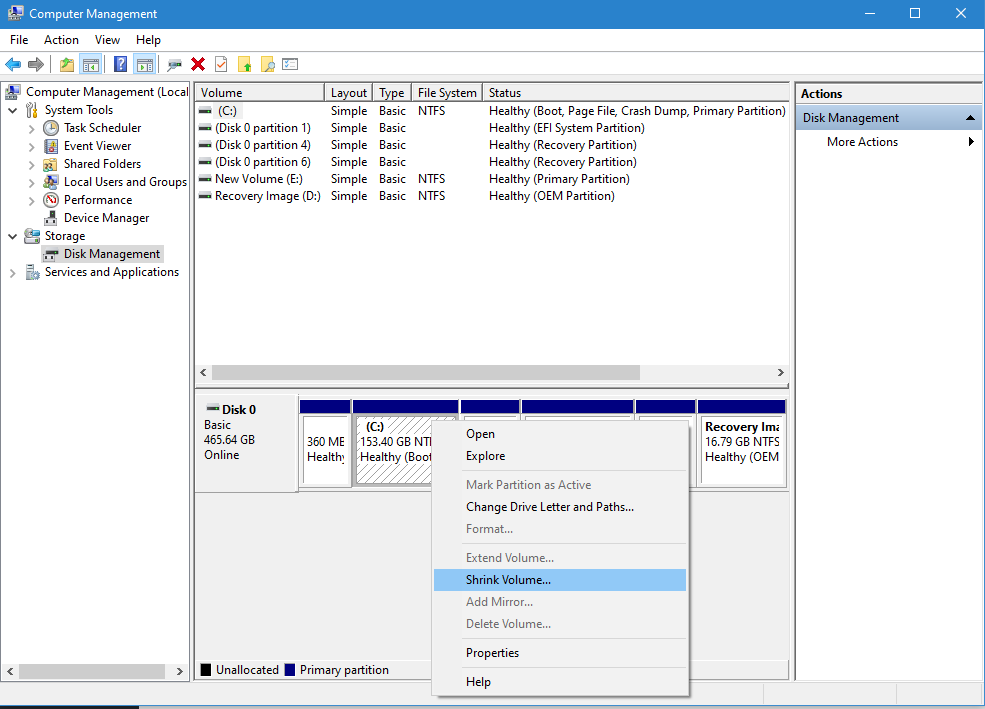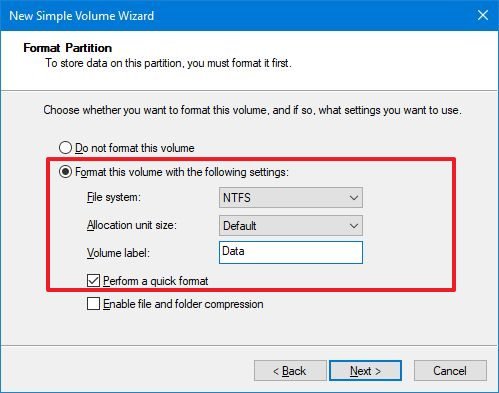
#Format disk windows 10 keygen


It can also check for bad areas on the disk, and it can delete all data on the disk. The format command creates a new root directory and file system for the disk. If the spotfix flag for chkdsk is specified (i.e. Zero indicates the default value, which generally depends on the volume size. The minimum supported size is 2MB, so specifying a size smaller than 2MB will result in a 2MB log file. NTFS only Specifies the size for NTFS log file in kilobytes. DAX is considered the same as /DAX:enable. A volume can be formatted with DAX mode only if the hardware is DAX capable. In DAX mode, the volume is accessed via the memory bus, boosting IO performance. Enable direct access storage (DAX) mode for this volume. Integrity is enabled on storage that supports data redundancy by default. Specifies whether integrity should be enabled on the new volume. L and /L:enable forces format to use large size file records and /L:disable forces format to use small size file records. By default, a non-tiered volume will be formatted with small size file records and a tiered volume will be formatted with large size file records. Overrides the default size of file record. Any open handles to the volume will no longer be valid. Files created on the new volume will be compressed by default.įorces the volume to dismount, if necessary, before it's formatted. This switch is ignored when /Q is specified. If count is zero, no additional overwrites are made after zeroing every sector. After that, the volume will be overwritten count times using a different random number each time. This option is not valid with the /F option. These two options together provide an alternative method of specifying the size of the disk that is being formatted. When possible, use the /F command-line option instead of /N. Specifies the number of sectors per track. These options together provide an alternative method of specifying the size of the disk that is being formatted. If you use the /T option, you must also use the /N option. When possible, use the /F command-line option instead. Specifies the number of tracks on the disk. 1.44-MB, double-sided, quadruple-density, 3.5-inch disk.Windows accepts the following values for size: When possible, use this command-line option instead of the /T and /T command-line options. Specifies the size of the floppy disk to format. You should use the /Q command-line option to format only previously formatted volumes that you know are in good condition. Deletes the file table and the root directory of a previously formatted volume, but does not perform a sector-by-sector scan for bad areas. Also 128K and 256K for a sector size greater than 512 bytes. The following list presents valid values for each type of file system unit size: Default settings are strongly recommended for general use. If you don't specify unit size, it's chosen based on volume size. Specifies the allocation unit size to use on FAT, FAT32, NTFS, exFAT, or ReFS volumes. If you use a single format command to format more than one disk, all of the disks will be given the same volume label. Use the syntax /V: to prevent the prompt for a volume label. If you omit the /V command-line option or use it without specifying a volume label, format prompts you for the volume label after the formatting is complete. Specifies the type of file system (FAT, FAT32, NTFS, exFAT, ReFS, or UDF). If you do not specify any of the following command-line options, format uses the volume type to determine the default format for the disk. Specifies the mount point, volume name, or drive letter (followed by a colon) of the drive that you want to format. Syntax format volume ] įormat volume įormat volume For more information about the recovery console, see Windows Recovery Environment (Windows RE). You can also use the format command, with different parameters, from the Recovery Console.


 0 kommentar(er)
0 kommentar(er)
